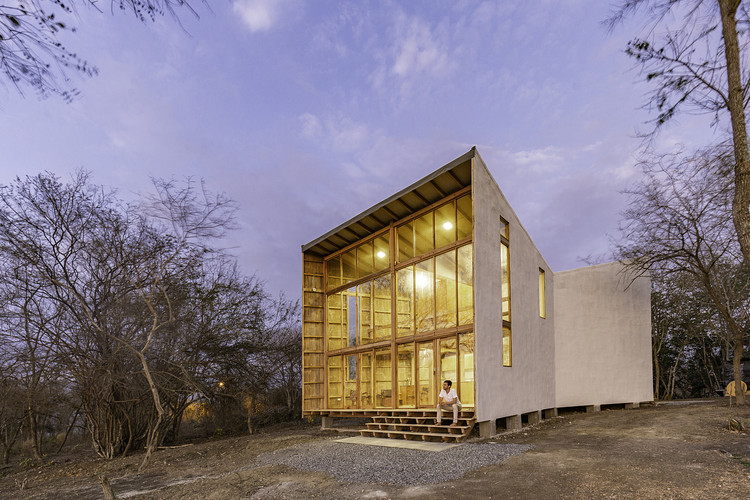Housing and Urban Planning of Grand
2015-05-08 16:00
© Pierre Boss
皮埃尔·博斯


架构师提供的文本描述。城市规划(2004-2006年)提出了一种有区别的结构,从城镇开始有规律地减少密度,一直到农田“空荡荡”。低密度地区的绿色城市转型、扩展或扩展,是一个由建筑向人工种植环境的逐步转变。
Text description provided by the architects. The urban plan (made in 2004-2006), suggests a differentiated structure, with a regular decrease in density starting from the town, all the way to farmland "emptiness". The green urban transition, expansion or extension of the low density area, is a gradual conversion from a built to a planted environment.
© Pierre Boss
皮埃尔·博斯


与旧城的联系是通过“镜子”效应来实现的,它是旧城结构品质的转换,尤其是从大河街的街道前部,它的空间性、规模、视觉和行人渗透性的延伸,以及随后在分析中揭示的空间顺序。该城市项目提出了一种混合组合,将环境的各个组成部分合并成一个浓缩的场所。
The connection with the old town is achieved by a "mirror" effect, a transposition of structural qualities of the old town, in particular from the street-front of the Rue du Grand-Pré, an extension of its spatiality, scale, visual and pedestrian permeability, with the subsequent sequencing of spaces revealed in that analysis. The urban project proposes a hybrid combination, merging various components of the environment into a condensed vision of the site.
© Pierre Boss
皮埃尔·博斯


在第一阶段的建设项目(2010-1012年),同样的材料和比例的老城镇被用来保持一定的和谐。这种尺度本身取决于Vis-à-vis的权重,其结果是对村庄本质的准立体主义图解。就像保存在克兰斯-普雷斯-塞利基市的古镇所留下的潜意识印象的物化一样,它代表着一种遗产和一种审美魅力。
For the first stage of the built project (2010-1012), the same materials and proportions of the old town are used to maintain a certain harmony. The scale, itself subject to the weighting of the vis-à-vis, results as a quasi-Cubist pictorial interpretation of the essence of the village. Just like the materialization of the subliminal impression left by the old town preserved in the municipality of Crans-près-Céligny, that represents a heritage and an aesthetic appeal.
© Pierre Boss
皮埃尔·博斯


街景与石灰华石的相减(第8组)和加法(卢舍尔建筑)的互补原则相结合。他们形成了一个整体的愿景,遵循卢舍尔建筑所建立的城市规划几何学研究的规则。
The street view plays with a complementarity principle of subtraction (Group8) and addition (Luscher Architectes) of travertine stone. They form an overall vision following the rules of the urban plan geometries study established by Luscher Architectes.


大普雷区的户外区域是基于从矿产向绿色、从公共向私人的过渡。建筑工程必须贯彻城市规划理念。建议中添加的钙华块体提供了一个变化的建造规模和一个表达联系,矿质的现有村庄。
The outdoor areas of the Grand-Pré district are based on the transition from mineral to green, from public to private. The architectural projects must implement the urban planning concept. The proposed addition of travertine blocks offers a variability of built scales and an expressive link with the minerality of the existing village.
© Pierre Boss
皮埃尔·博斯






























































Architects Luscher Architectes
Location Crans-près-Céligny, Switzerland
Category Apartments
Architect in Charge Rodolphe Luscher, architect FAS/SIA, town planer FSU
Area 13000.0 sqm
Project Year 2012
Photographs Pierre Boss
























